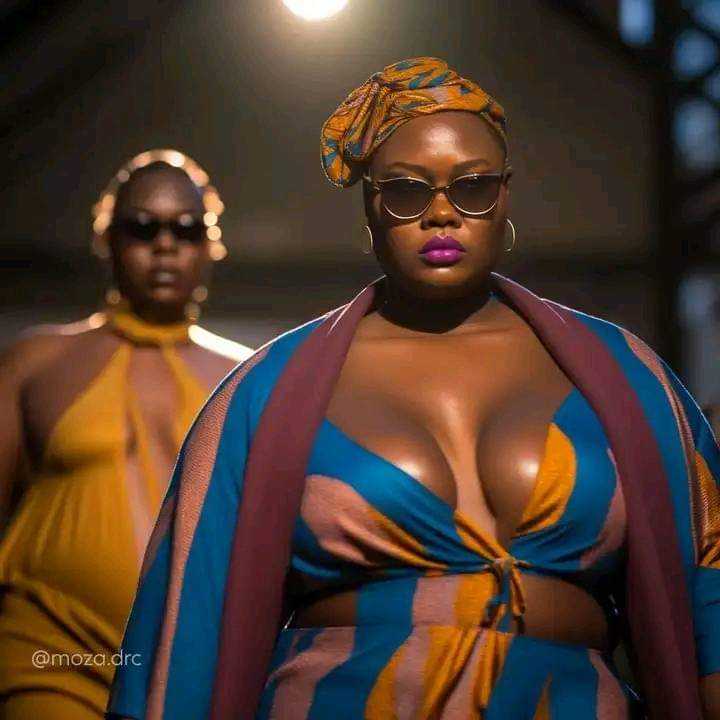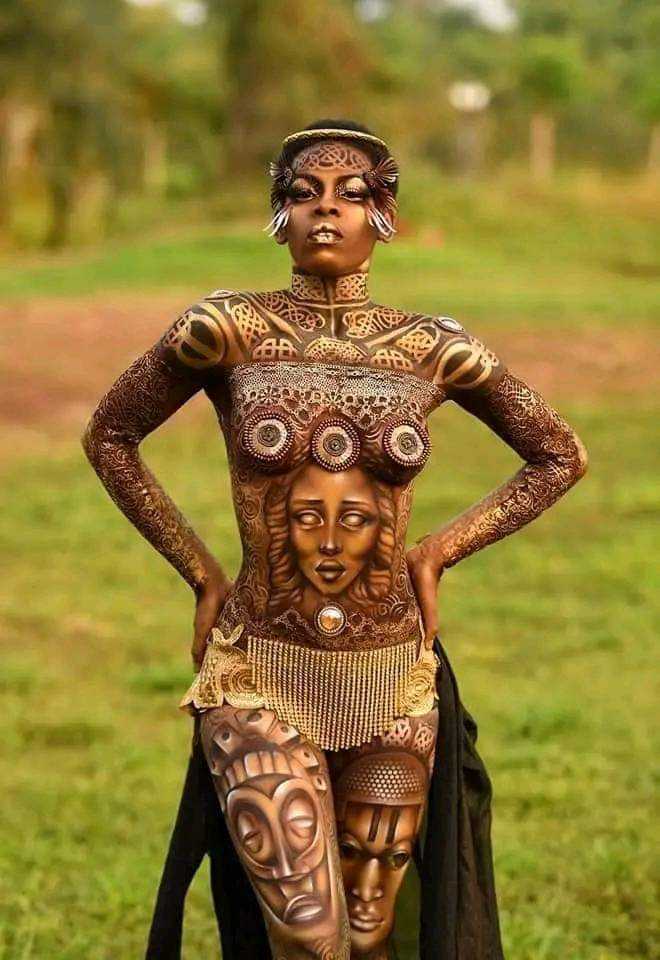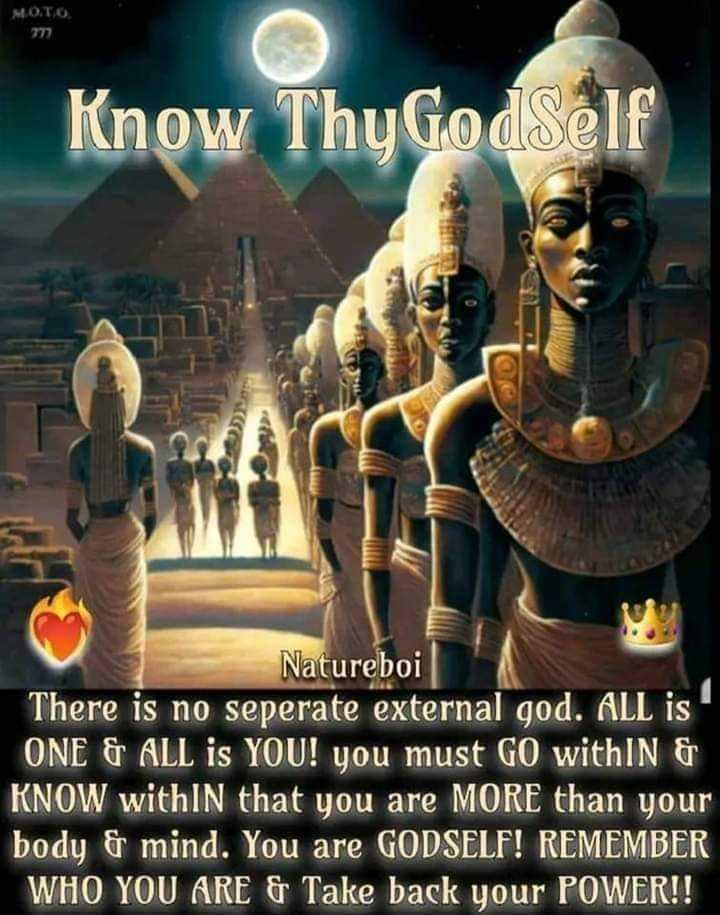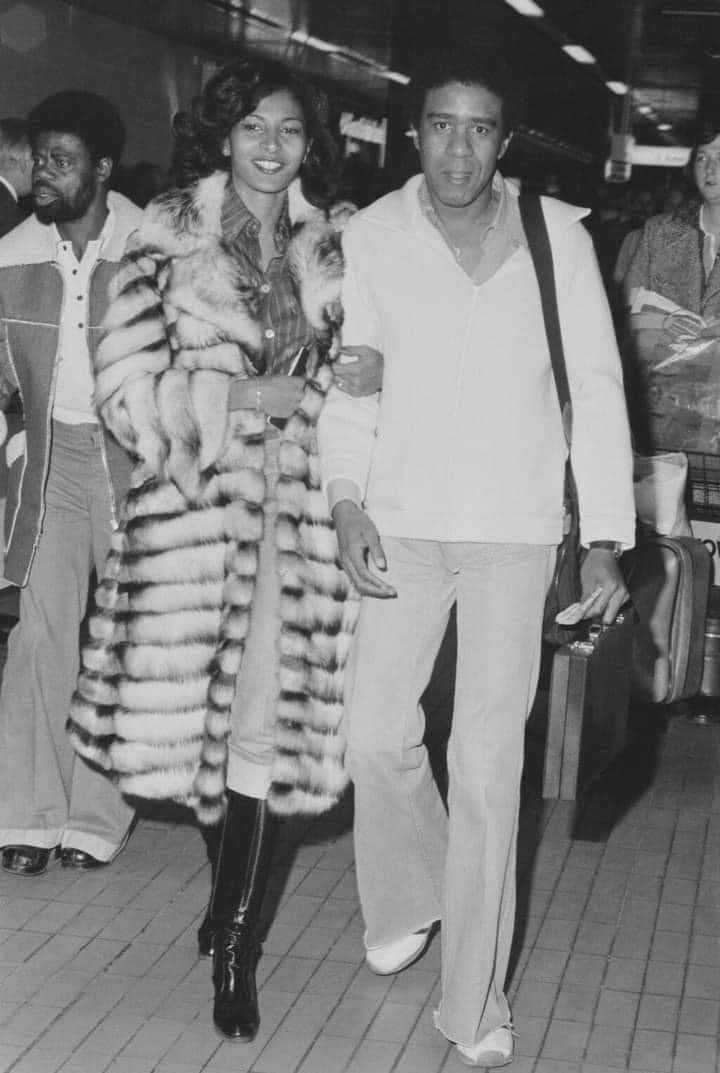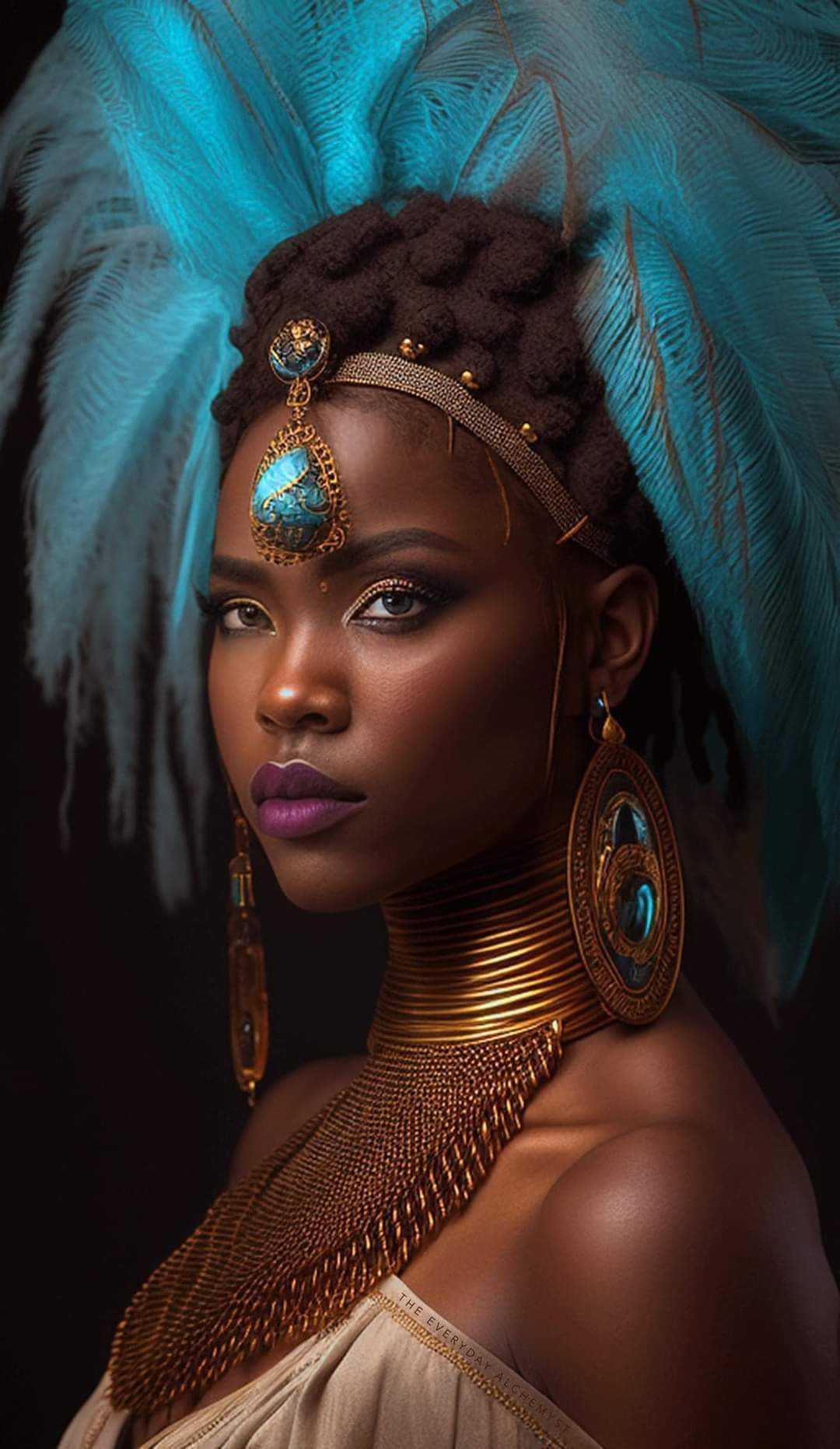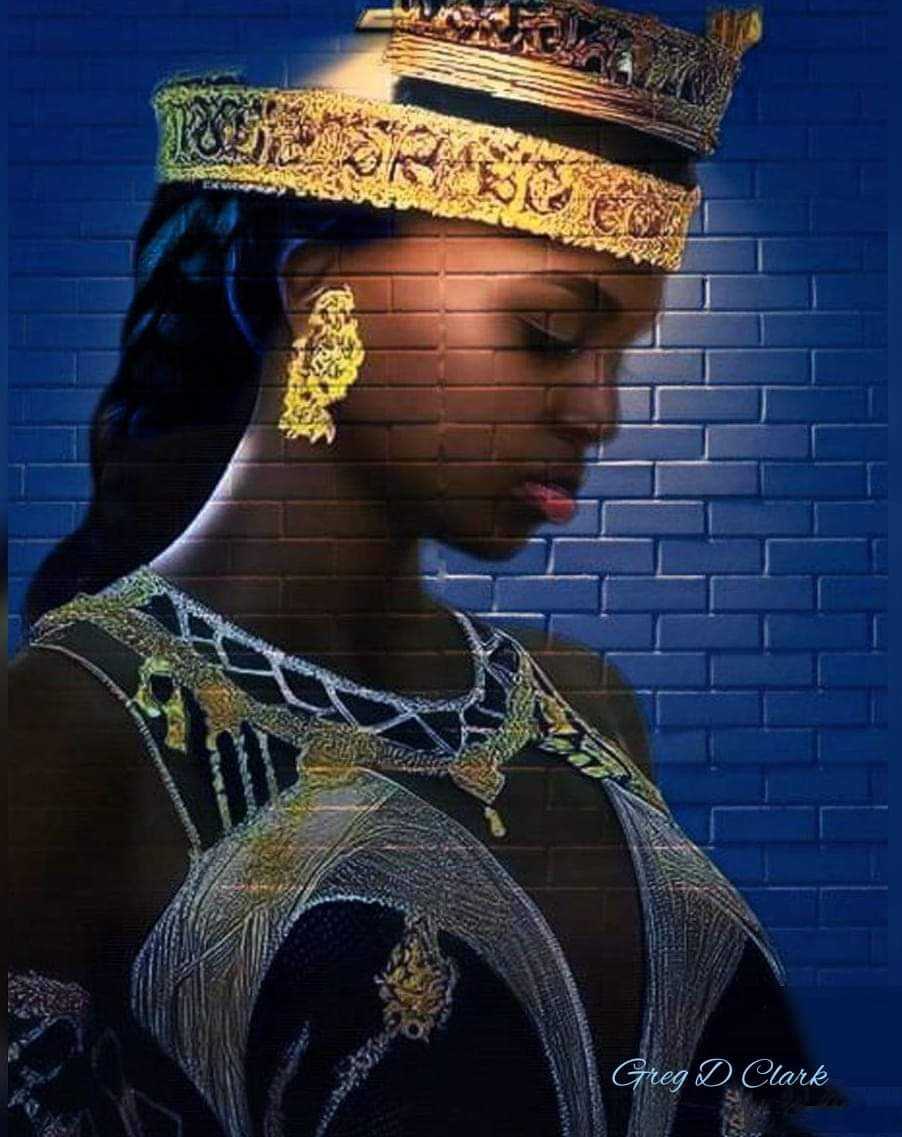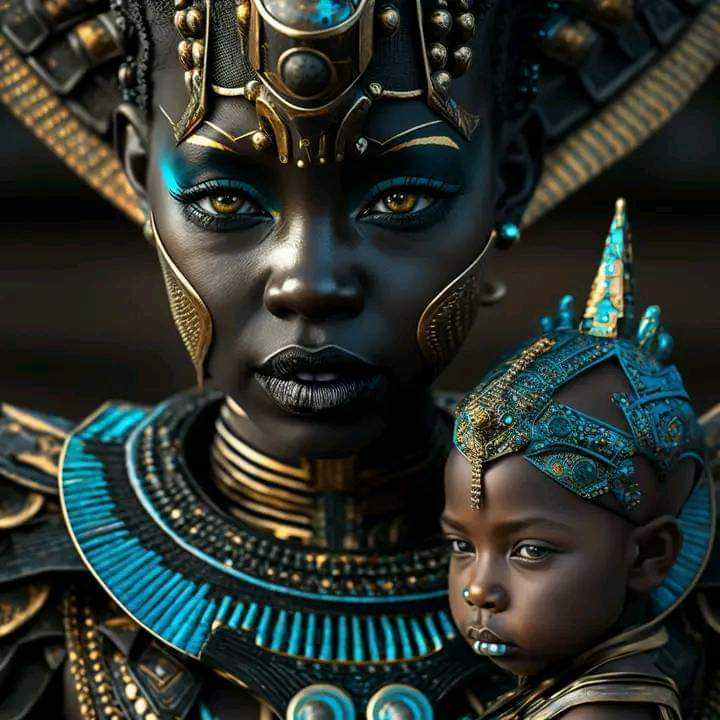Descubrir Mensajes
A basket full of health
Did you know dandalions
1. are highly Nutritious
2. contains potent antioxidants
3. help fight inflammation
4. in blood sugar management
5. reduce cholesterol and triglyceride levels
6. lower blood pressure
7. promote liver health
8. aid weight loss
9. have anticancer effects
10. support healthy digestion and treat constipation
And you just mind find all this health right in your back yard.

Me gusta
Comentario
Compartir
Showing 19780 out of 21123







